I’m not a huge fan of cooperative dungeon crawlers, but I have this impulse to challenge my own assumptions, tastes, and beliefs. I responded to a request for review of Too Many Bones, a modification of this style of game because I had heard from several people that this game is extraordinary. While not my style, I can echo that for folks who love a good dungeon crawl, Too Many Bones is a great addition to the genre. Let’s talk about dem bones.
What is Too Many Bones?
Too Many Bones is a cooperative dungeon crawler that abstracts a lot of the movement puzzles found in many dungeon crawlers out of the experience, instead encouraging players to focus on character development and interacting with the game’s narrative and lore. It’s a fairly complicated game, so I won’t go too in depth into rules, but the basic arc of the game is as follows:
- Players choose a Tyrant to try and defeat, some are more difficult, while others extend playtime.
- Players pick their character and take all of the associated dice for that character. (There are a lot of them).
- Each turn of the game, players prepare their character sheets for combat and encounters, which functions essentially as a reset from the round before. Then, they read a card from a pre-prepared deck of “encounter” cards, and respond to the card in a choose-your-own-adventure style choice. Some options result in peaceful resolution where your characters get goodies and loot, and others require a fight. You know what the rewards will be if you’re successful, but if you fight monsters, you’ll see a random assortment of baddies (which get harder to defeat as the game goes on).
- Encounter cards have small “progress” symbols, and when you’ve acquired enough through resolving encounters, you can battle the Tyrant to win. However, each Tyrant has a time limit that it must be beaten in (a number of game rounds), or the players lose.
The system is slick and streamlined and was designed with a clear type of gaming experience in mind. For me, the real excitement of the game, however, comes in character customization.
Build Your Own Adventurer
In Too Many Bones, your character (known as a Gearloc), is represented by a neoprene mousepad with statistics and skill information. There are square sockets for you to place the dice (which represent your skills) that you use in various encounters and battles. Additionally, each character has a large reference sheet that explains how they work.
You start with a few dice as part of your starting character and as you complete encounters you receive “training points,” which let you upgrade one of your character’s stats or add a new skill (a unique) die to your mat. Some skills have prerequisites, and if you want to bump up character attack or defense you must roll a 6-sided die to be successful.
My favorite character to play was Boomer, whose skillset revolves around rolling dice that give her the necessary components to build one-shot grenades that deal massive amounts of damage when thrown. I chose to build her in the damage dealing direction, but each character offers multiple ways you can customize to meet the needs of your group and all are viable in the right circumstances, at least as far as I can tell. As an example, an alternative build for Boomer turns her into a kind of support role, where her grenades cause stunning and status effects.
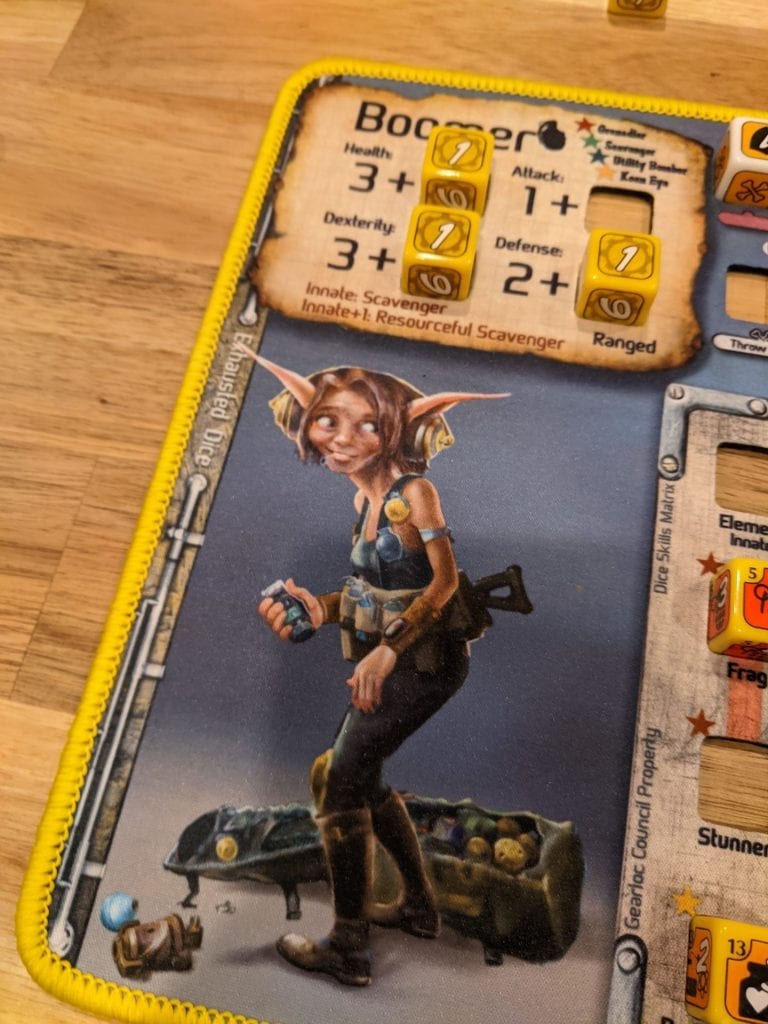
Combat!
Combat in Too Many Bones isn’t overly complex. Enemies enter the combat grid at most 4 at a time, and players use an initiative track to track the order turns are taken. The strategic element of combat revolves around how you build your dice pool each round.
Characters are limited to rolling a number of dice equal to their dexterity stat, so you build the combination of attack, defense, and skill dice you’ll roll in each turn of battle, roll them, and allocate them to different roles depending on your character. Dice usually have a bone symbol, which you can socket into a “backup plan” that gives you unique additional skills for handling the battle. If you lose a battle, it’s no big deal, you just don’t get rewards and your time to beat the Tyrant is reduced.

The Best of the Best
I’ve played a lot of dungeon crawlers, and while Too Many Bones is by no means a simple game to play and teach, it addresses one of my major problems with the genre—downtime. Everything moves at a good clip, and players’ turns are not usually too long, so you can dive into the fight/level-up/fight rhythm that serves as the primary appeal of the game.
It also doesn’t turn combat into a complex series of movement puzzles, something I despise about many dungeon crawlers.
This is a game about winning encounters and getting cool loot and upgrades, and it succeeds in that regard. It takes a common bugbear of the genre (moving around the dungeon) and makes it really simple. There are no line of sight rules, and attacks resolve quickly. There’s a high degree of player choice in upgrades and options. I think for anyone interested in dungeon crawling, this is the game to beat.
No Overlords, No Masters
In spite of being completely obsessed with board games, I’m not one for puzzles. I like to compete, and I like games where the puzzle is a combination of player choices and alterations to the game state coupled with interesting mechanics.
Recently, dungeon crawlers have moved away from my favorite aspect of the genre, what I call the Overseer. In games that include this mechanic, the Overseer’s job is to serve as both a quasi-dungeon master and primary antagonist to the players. Contrasted with a Dungeon Master in a roleplaying game, the Overseer is much more adversarial to the players.
I think in an effort to make dungeon crawlers more like the storytelling experience of a RPG, the trend has moved toward games that are completely cooperative, where players battle the system rather than each other or a single player. The Overseer hit the chopping block. Fantasy Flight Games was once the main purveyor of Overseer-piloted games (Doom, Imperial Assault, Descent), but the Overseer has dwindled in popularity with them from what I can tell as well.
While many people do not love the structure of one player versus many players, I’m a big fan.
Most of the contemporary dungeon crawlers that are considered some of the greats (Gloomhaven, Tainted Grail, etc.) usually leave me cold. Gaming for me is not just hanging out in the same room with other people, relatively undisturbed—it’s the process of interacting and working around, through, and against other people. That process generates some real magic.
For me to enjoy a game where you fight the game together, it has to be truly exceptional. So far, for me, only Spirit Island has successfully done that, something I intend to write about at a later date. Too Many Bones is a slick, accessible, and unique system, but like most co-op dungeon crawlers, I’d rather just go play a video game dungeon crawl. The feedback is much more immediate, which is something that a game of this type can simply not satisfy for me.
The Components and the Conclusion
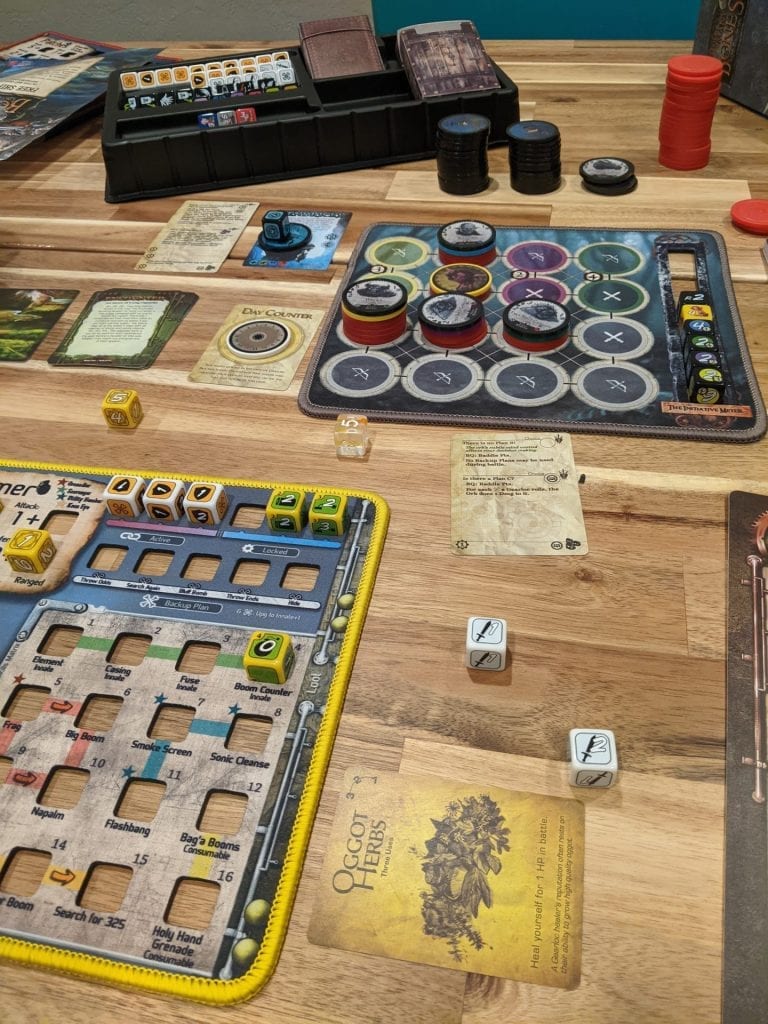
This is a game where you get what you pay for. Everything is printed on neoprene mats, the cards are a type of plastic I’ve never seen before, and everything gets represented by poker chips. It’s a visually pleasing package that comes with buckets of dice. Clearly, every part of this production was thoughtfully built, and it is certainly a deluxe game with a deluxe price tag.
I hope in this review I’ve outlined what makes the game interesting, and why it might work well for you. Too Many Bones embraces too much of the genre of co-op dungeon crawling for me to enjoy it, but that’s a reflection of my tastes and not of the quality of the game. I’m a dinosaur. You’ll find me with the skeletons, harkening back to the days of Overseer-land.


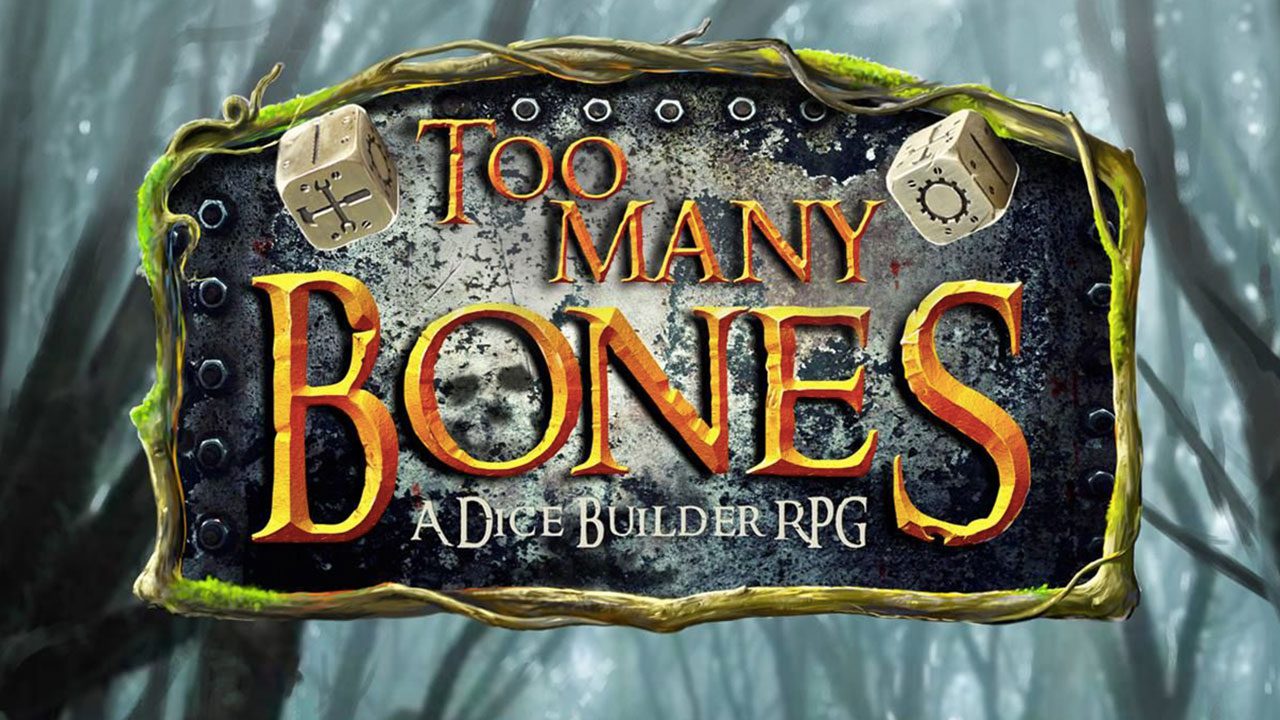


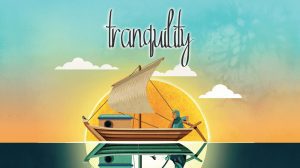
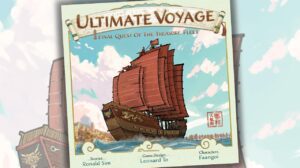





We dinosaurs need to stick together! I get you; given how you have described this game, I think my family and I will pass. But, if GenCon ever gets back up and running and I see a game being played, I will likely stop to watch for a while.